Team Formation, Teamwork Factors, and Technology Impact at EE Limited
VerifiedAdded on 2023/04/22
|8
|577
|209
Report
AI Summary
This report delves into the team dynamics at EE Limited, exploring how teams are formed for both formal and informal purposes, highlighting the differences between groups and teams, and emphasizing the importance of project-specific teams. It examines the team formation process using the Tuckman model, detailing the stages of forming, storming, norming, and performing. The report further discusses factors that promote effective teamwork, such as communication, team interaction, and cultural value support, while also addressing challenges like differences in opinion and employee inefficiency. Finally, it analyzes the impact of technology on EE Limited's communication with customers, network enhancement, and business reach, underscoring how technology facilitates service delivery across the country. The report references academic sources to support its analysis of organizational behavior and team dynamics.
1 out of 8

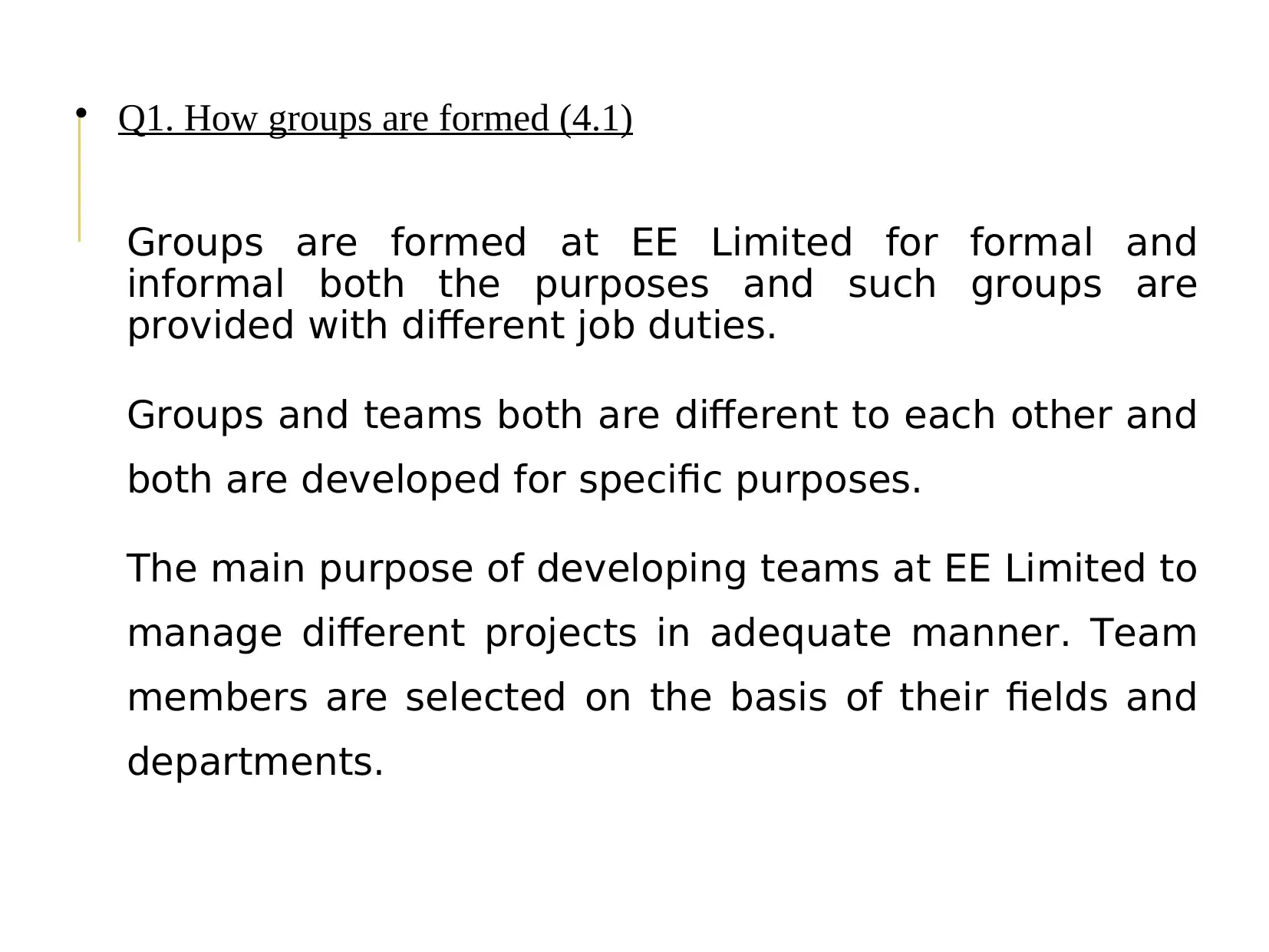
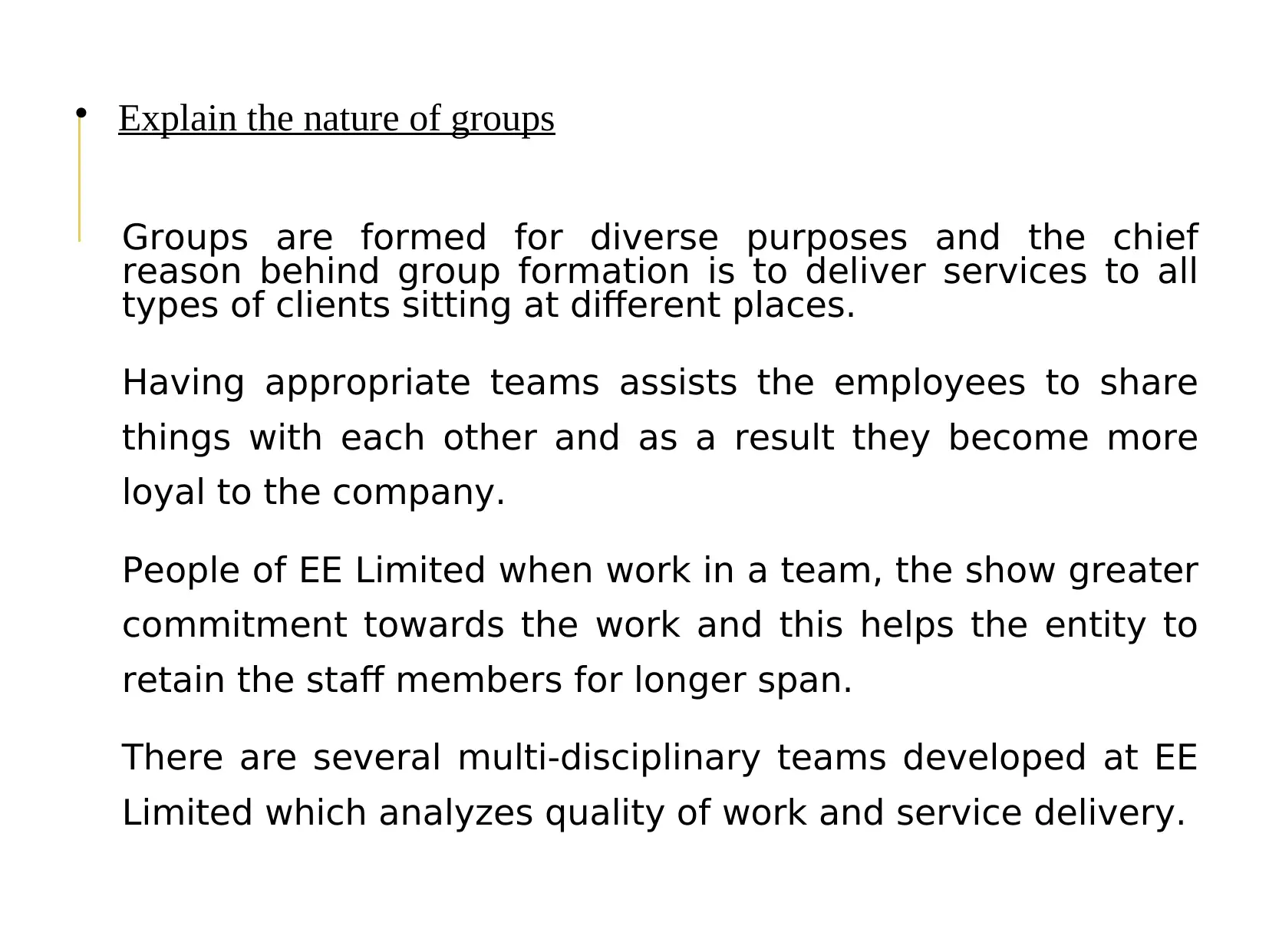

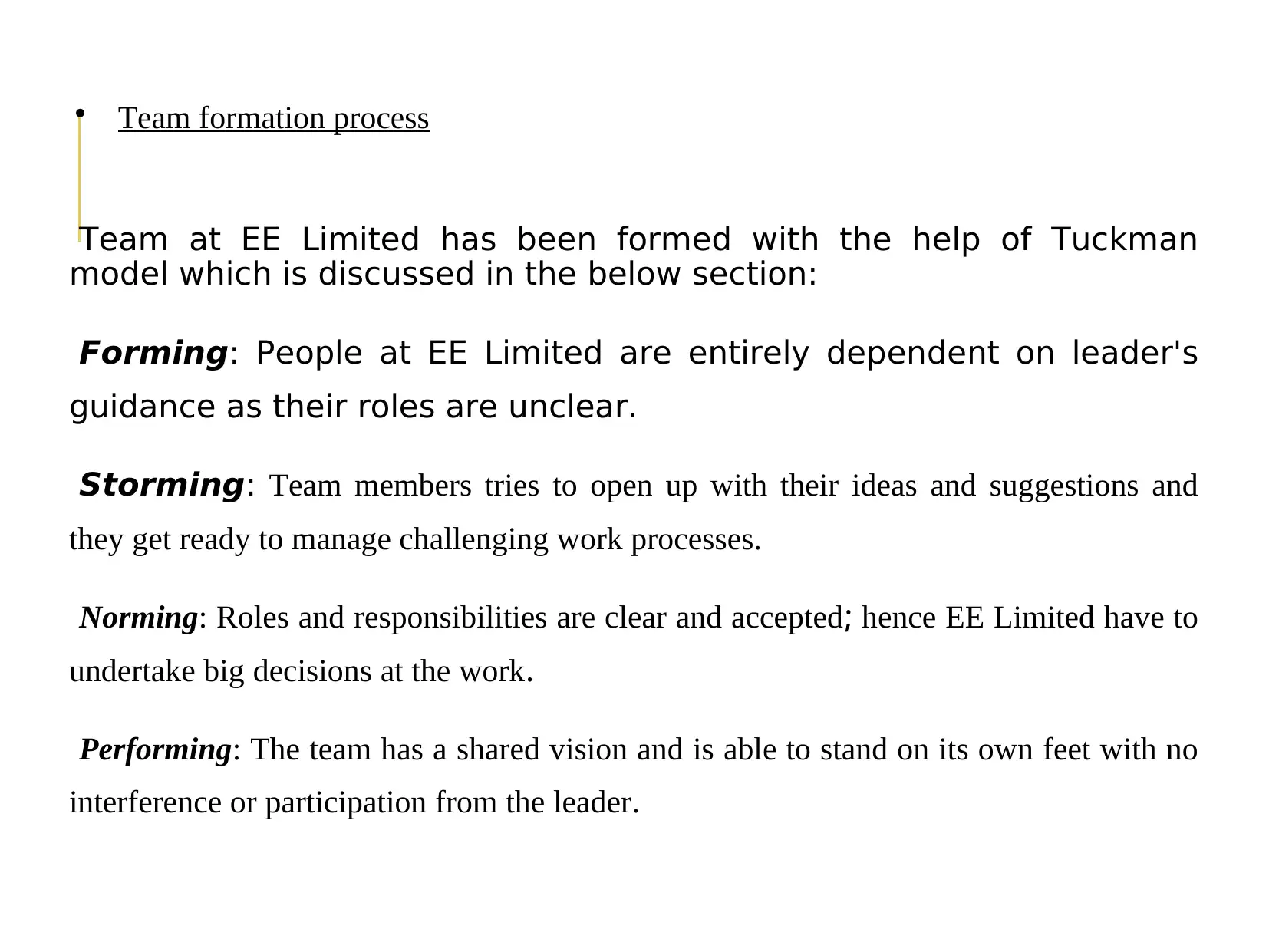
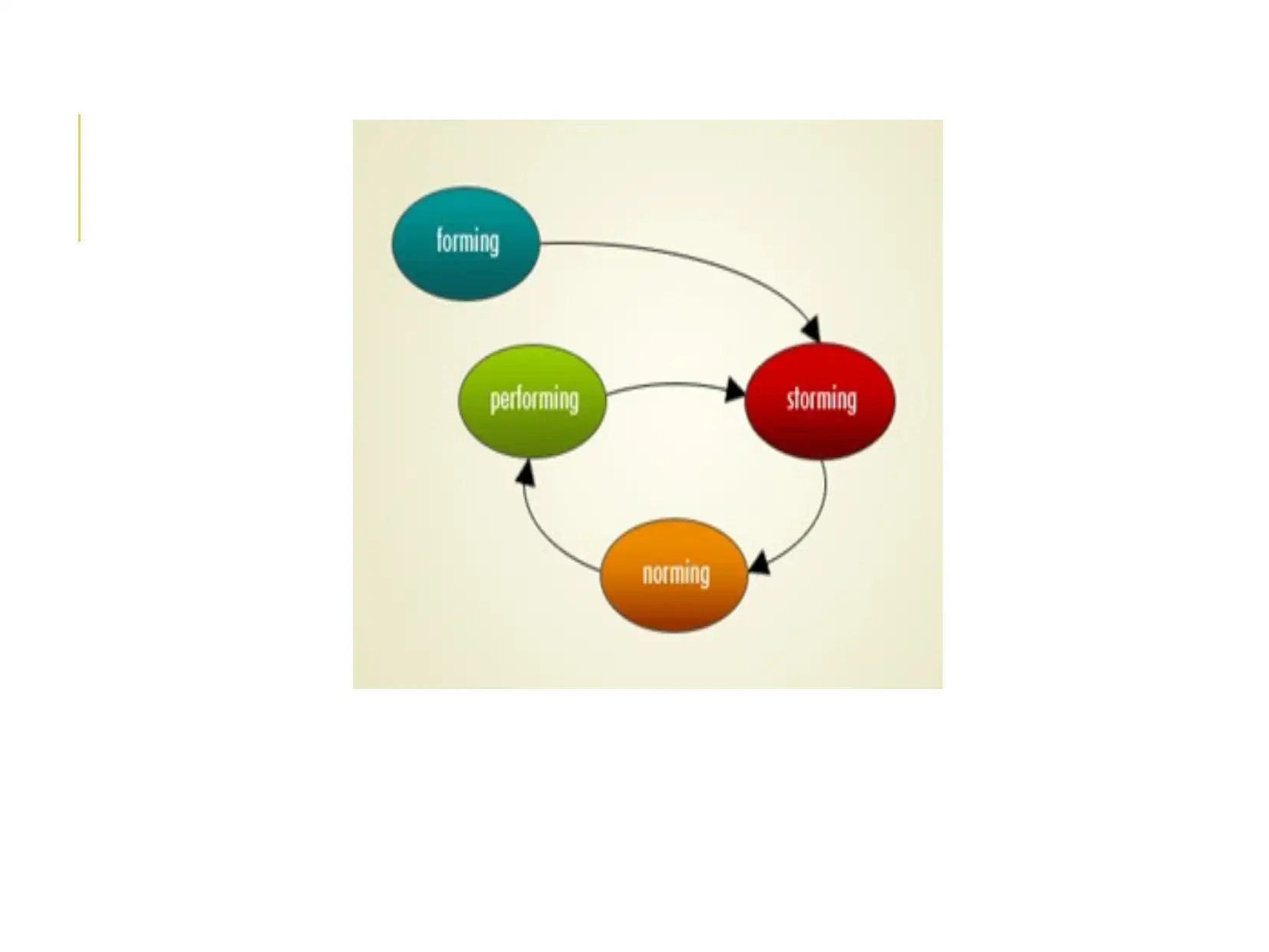
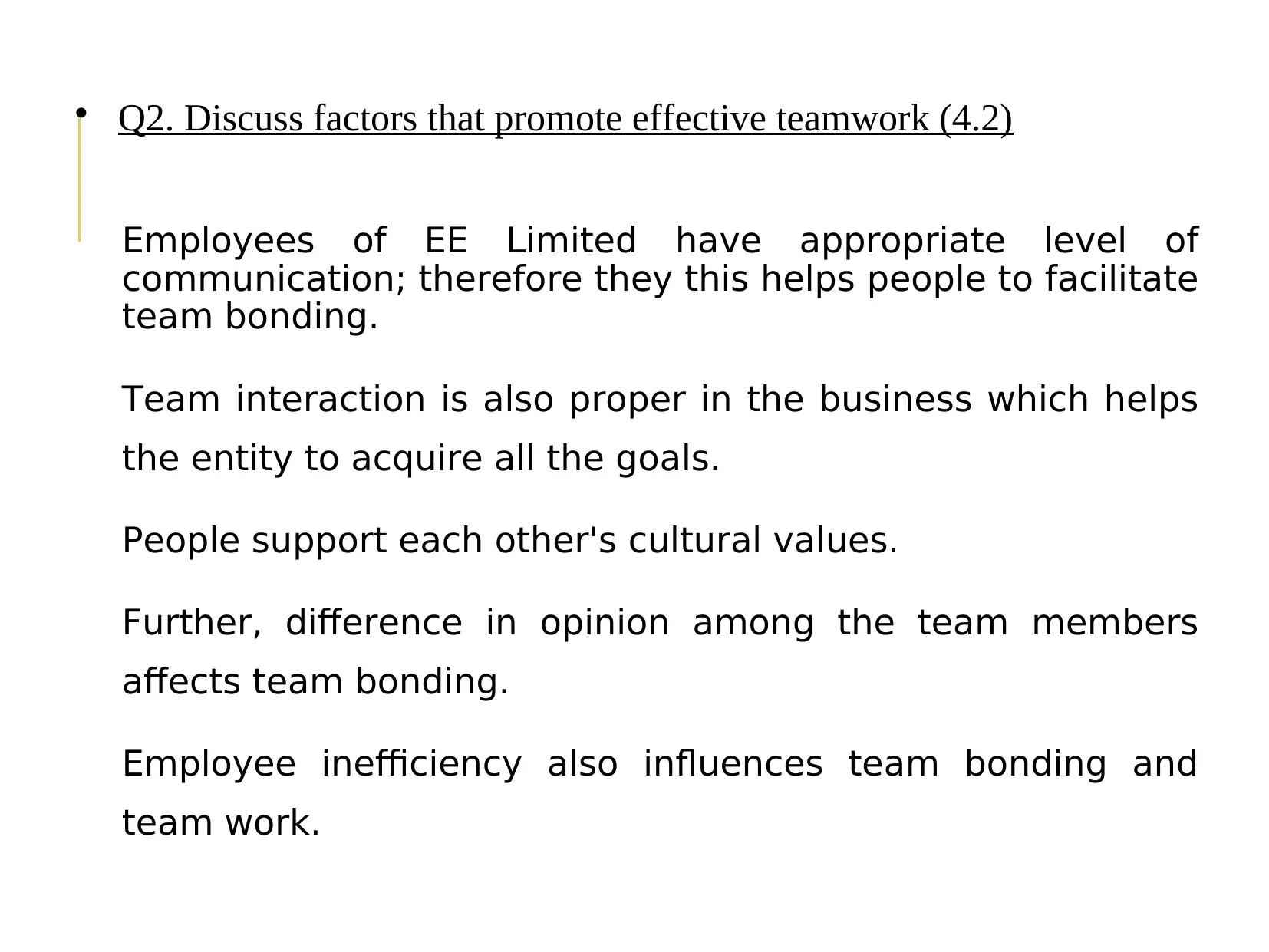
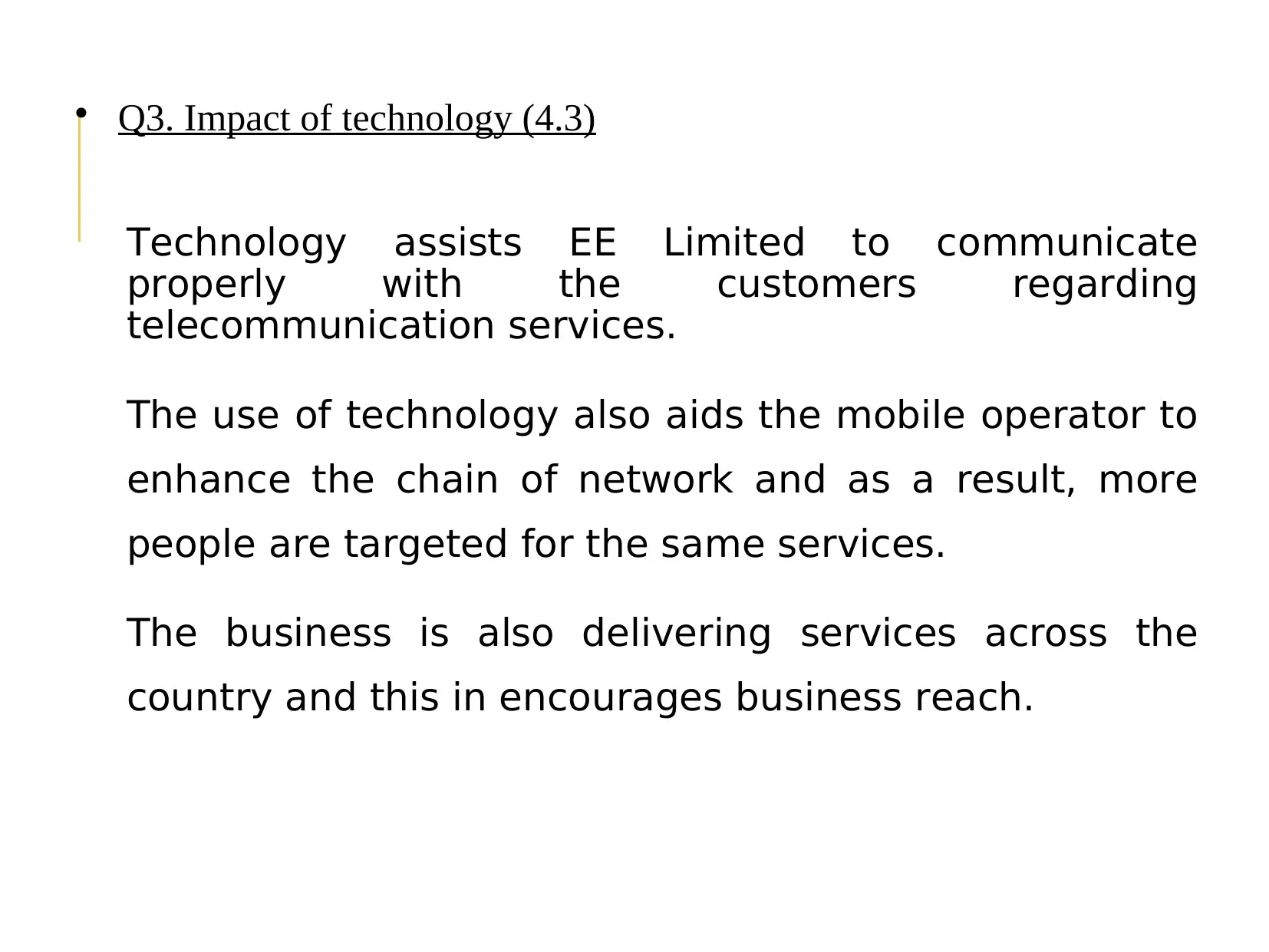
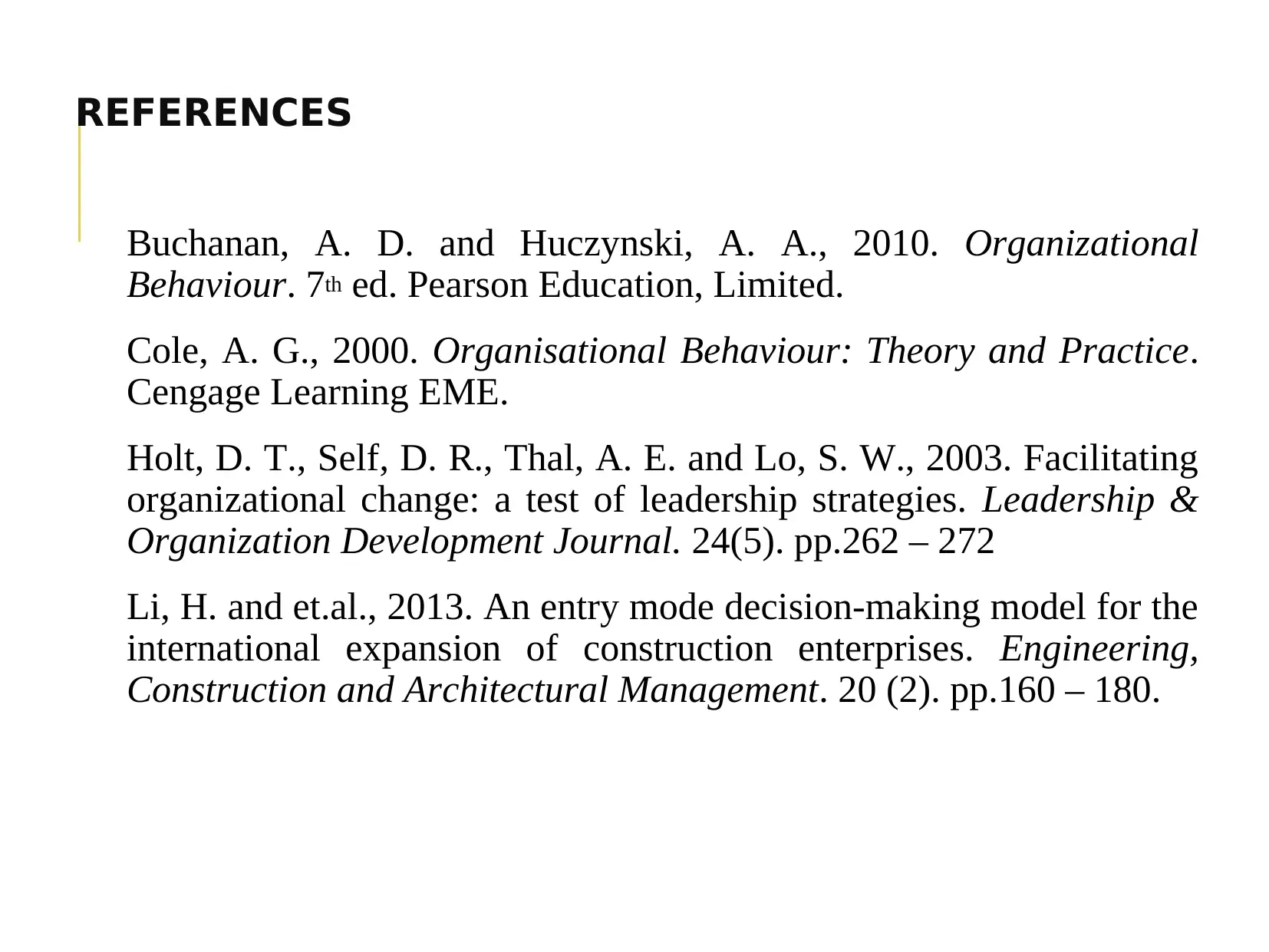






![[object Object]](/_next/static/media/star-bottom.7253800d.svg)